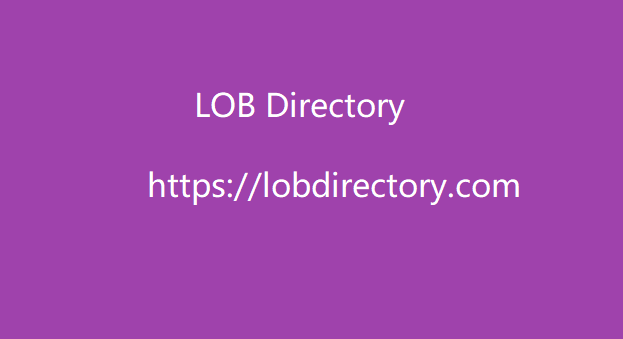|
|
If you can afford to do this, I recommend creating original graphics rather than using generic stock photos . “Original graphics were number one, with 41.1% of marketers saying these images performed best for them in 2021. On the other hand, 41.1% said stock photos were the worst performer in 2021.” (Source) This will take more time, but I've seen it pay off. #7 Highlight, Bold and Italics The goal is to get the reader to read from the first word to the last, but that doesn't mean we have to make the writing less "skimmable." Text shaping can help us indicate the key points of a blog post. This is a loud and dramatic use of all three text styles, but see how this line is almost impossible to miss?.
Avoid Long-winded Introductions and Conclusions Introductions and conclusions don't fit blog posts, and many bloggers think they do. The title usually says enough about the article, and if the article is short, there is little need to remind the reader of what they just read. Ditch Long-LOB Directory Winded Introductions and Conclusions I don't recommend diving straight into the content, but keep the introduction extremely short and underline the value of the article. If you insist on a summary, keep it extremely short and consider using bullet points that express key points rather than long paragraphs #9 Lower Reading Level Have you ever complained that someone made something too easy to understand?

Maybe you're thinking, "Okay, I get it, but why didn't they use fancy words that I had to look up to understand?!" you thought. Of course not! Mark Twain said it best, “Don't use a five-dollar word when a fifty-cent word will do.” Unless you're writing to academics or top professionals in a particular field, ditch the big words and stick to simplicity. The good news is that you can use some web-based tools to analyze your blog posts and see exactly what reading level they are written at.
|
|